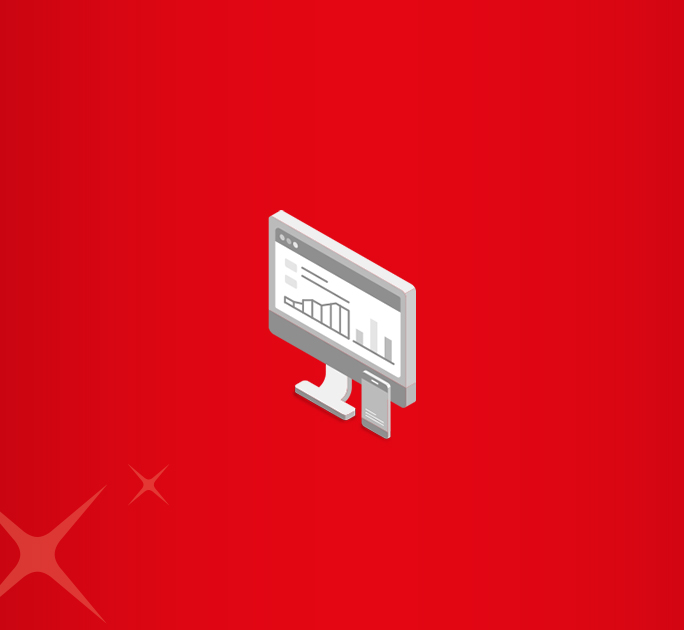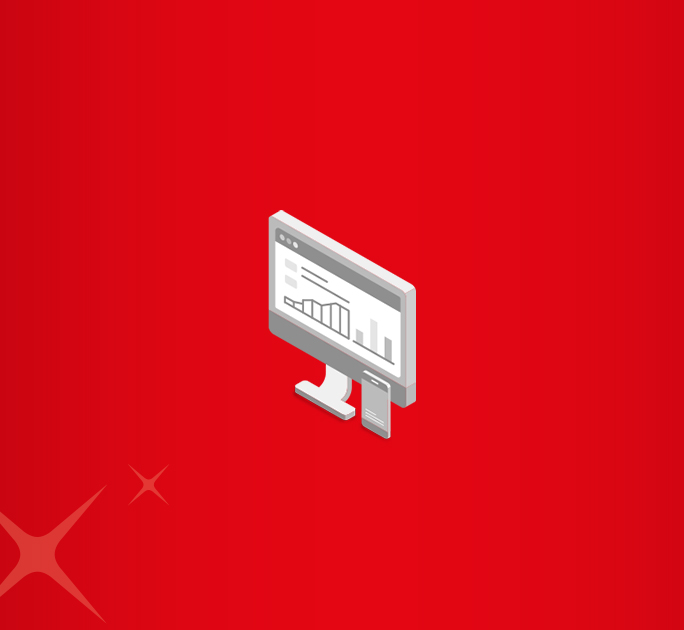- Save
- Invest
- Borrow
- Pay
- More
- NRI Banking
- Customer Services
- Features of Unified Payments Interface (UPI)
- Key Features of UPI
- UPI Scan & Pay - Fast, Safe, Hassle-free
- UPI Auto Pay - Worry Free Monthly Subscriptions
- UPI Global (P2M) - Travel without Forex
- UPI Pay now Foreign inward Remittance
- UPI for International Mobile Numbers
- UPI using RuPay Credit card
- UPI Lite
- IPO using UPI
- Benefits of DBS Bank UPI
- Frequently Asked Questions
- Open Instant DBS Bank Savings Account
- Related Links
Features of Unified Payments Interface (UPI)
Unified Payments Interface, widely known as UPI across India, is a product of the National Payments Corporation of India (NPCI). UPI serves as an amalgamation of several banking features to ensure ideal merchant payment and routing of funds. In the form of a single mobile application, UPI enables instant money transfers, access to different bank accounts, bill payments, and Quick Response (QR) code payments, to name a few. Since 2016, most banks in India have been providing UPI enabled facilities on their respective banking applications.
Key Features of UPI
- Compared to single-factor authentication, where users provide only one factor – usually a password or PIN code, UPI has a 2 Factor Authentication (2FA) that uses an additional layer of safety – biometrics, security tokens and One-Time Passwords.
- Virtual Payment Address (VPA) is a unique ID used to make payments through a UPI app. You will no longer have to fill in your bank details repeatedly.
- UPI leverages an effortless onboarding process.
UPI Scan & Pay - Fast, Safe, Hassle-free
Make instant payments at stores, restaurants, or even to friends by scanning a QR code. It’s fast, safe, and hassle-free when using the digibank app by DBS on your smartphone. You can pay across a range of QR codes, from UPI QR/Bharat QR to international QR codes, with a single click, without entering a PIN*, using the inbuilt security of digibank app.
Steps to Use UPI Scan & Pay:
- Tap on the "Scan & Pay" icon to scan the QR code (either pre-login or post-login).
- Authenticate if you are not logged in.
- Select your DBS account.
- Review and confirm your payment.
- Done!
*DBS Bank account only.
Limits for UPI:
- ₹1,00,000 per day for Person-to-Person (P2P) and Person-to-Merchant (P2M) transactions.
- ₹2,00,000 per day for select P2M categories as per NPCI guidelines.
- ₹5,00,000 for IPO subscriptions and specific MCCs (Medical & Education) as per NPCI guidelines.
Limits are subject to your account’s daily and monthly limits.
Note: You can also add and transact using your DBS Bank account on third-party apps (TPAPs) such as BHIM, PhonePe, GPay, etc
UPI Auto Pay - Worry Free Monthly Subscriptions
Never miss a bill payment again! Set up UPI AutoPay for recurring bills such as monthly OTT subscriptions, mutual funds, and more. digibank App will handle it for you.
Steps to Create a Mandate:
- Go to the Merchant’s app or website and navigate to the Payments page.
- Select “Pay by UPI” (ensure you select the UPI ID linked to your DBS account or one ending with @dbs, which is enabled for UPI AutoPay).
- Enter the mandate (select the auto-renew option).
- Accept payee-initiated mandates (a notification will be sent to the digibank app).
- Click on the notification. Under "Mandates," you will be able to see the request from your merchant app.
- Approve, and your UPI AutoPay is set!
Alternatively, you can:
- Go to the digibank app, scan the mandate QR, and approve.
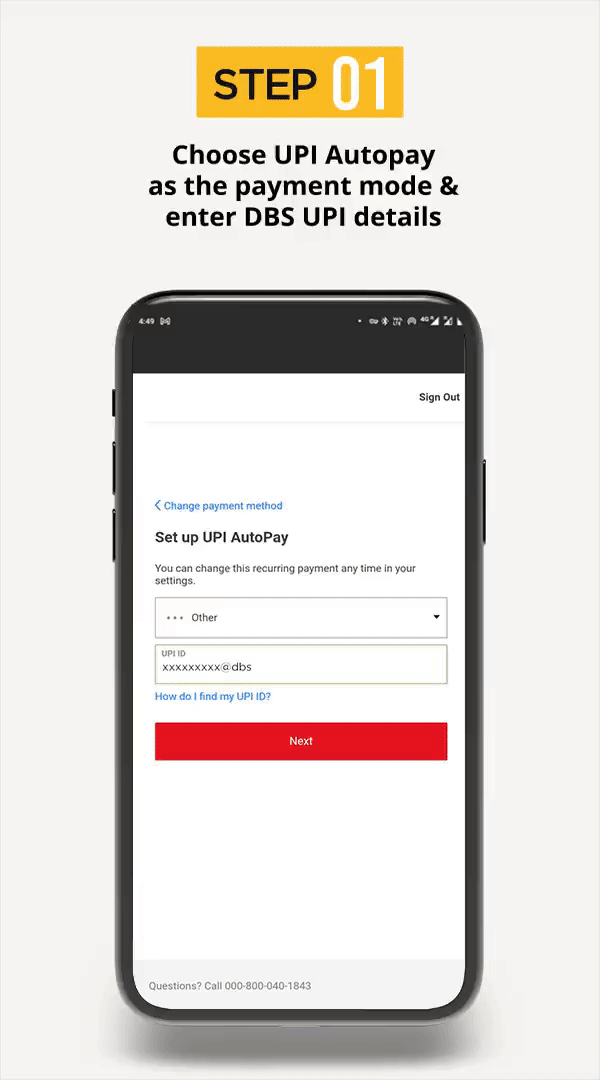
Please Note:
- No second-factor authentication is required for transactions up to ₹15,000.
- No second-factor authe/ntication is required for transactions up to ₹1,00,000 for specific MCCs such as mutual funds, insurance premiums, and credit card bill payments.
- Limits are subject to your account's daily and monthly limits.
- You can also add and transact using your DBS Bank account on third-party apps (TPAPs) such as BHIM, PhonePe, GPay, etc.
UPI Global (P2M) - Travel without Forex
Use your digibank app UPI to make payments internationally where UPI is accepted. Travel the world and pay like a local! There’s no need for a Forex card or even a wallet when you travel abroad. Simply enable UPI Global on your digibank app for secure and hassle-free payments in select countries.
Steps to Enable UPI Global:
- Log in to the digibank app.
- Select your account.
- Tap on the settings icon (top right).
- Scroll down to "UPI Global."
- Toggle to enable and set the validity date.
- Confirm and you're done!
Steps to Transact with UPI Global:
- Log in to the digibank app and scan the QR code.
- Alternatively, tap on the "Scan" icon and scan the QR.
- Select your DBS Bank account.
- Review and confirm the details.
- Payment completed!
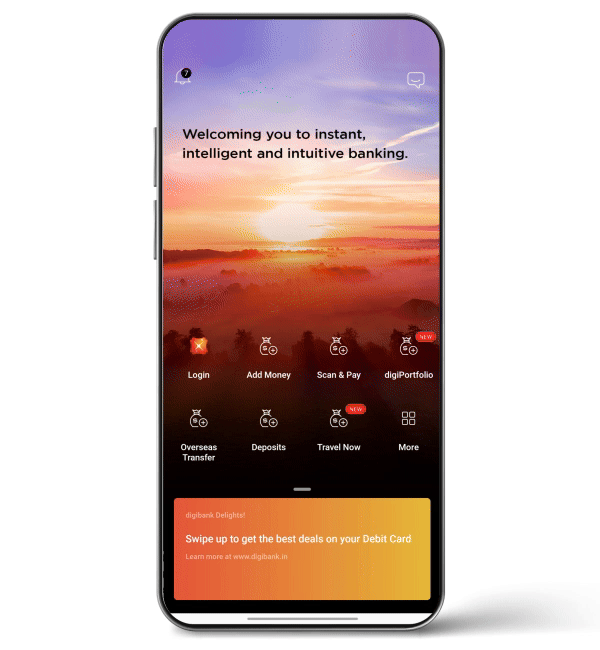
Limits for UPI Global Transactions:
- ₹30,000 per transaction (P2M only)
- ₹30,000 per day (P2M only)
- Limits are subject to your account’s daily and monthly limits, as well as the LRS limit.
LRS and TCS are applicable for UPI Global transactions. Refer to the terms and conditions.
Note: You can also add and transact using your DBS Bank account on third-party apps (TPAPs) such as BHIM, PhonePe, GPay, etc.
UPI Pay now Foreign inward Remittance
Seamlessly receive money from abroad using UPI. Whether you're a student or an NRI, receiving funds is quicker and easier. With the PayNow feature, you can give consent for instant inward remittance via UPI, managing it directly through our app.
Steps to Enable PayNow for Foreign Inward Remittance:
- Tap the hamburger menu.
- Select “UPI Foreign Inward Remittance.”
- Toggle to enable and confirm.
Limits for PayNow Foreign Inward Remittance:
- SGD 1,000 per transaction (P2P only) as per NPCI direction.
- Limits are subject to your account’s daily and monthly limits.
Note: This service is exclusive for DBS Bank account holders using the digibank app
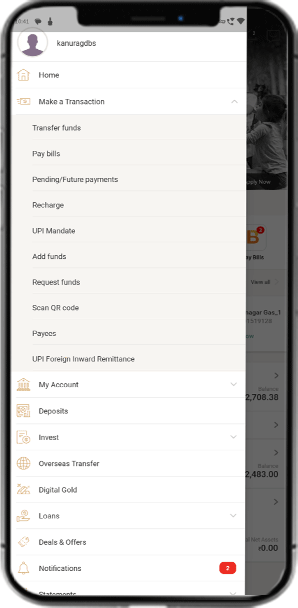
UPI for International Mobile Numbers
No need for an Indian SIM card anymore! With digibank UPI, you can register and use your UPI account even on your international mobile number. DBS NRI account holders can now use UPI to send and receive payments with DBS Bank UPI. Simply link your account and enjoy all UPI features.
Steps to Activate UPI Facility on International Mobile Numbers Using digibank App:
- Log in to the digibank app.
- Navigate to Account Settings.
- Tap on “Create New VPA.”
- Create a new UPI ID (select from the suggested options).
- Done!
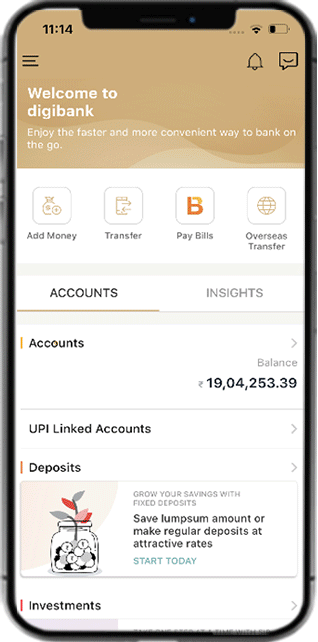
UPI using RuPay Credit card
Now Link & transact using any RuPay Credit Card using UPI seamlessly with digibank security, making easy, instant and safe Digital Payment transactions.
Steps to Link RuPay Credit card for UPI Payments:
- Log in to the digibank app & Click to “UPI linked Accounts/Credit cards”.
- Tap on RuPay Credit card.
- Select RuPay Credit card issuer & confirm the details
- Create VPA & done.
Limits & restrictions :
- Only P2M transaction allowed as per NPCI direction.
- P2P,P2PM transaction ,or transaction related to digital account opening, lending platform, cash withdrawal at merchant, cash withdrawal at ATM, and any other categories as restricted by your Credit Card Issuer , NPCI or RBI from time to time.
- Transaction limit for RuPay Credit Card via UPI will be as per existing UPI transaction limits or the limits imposed by the Credit Card Issuer or the available credit limit on your RuPay Credit card whichever is lower.
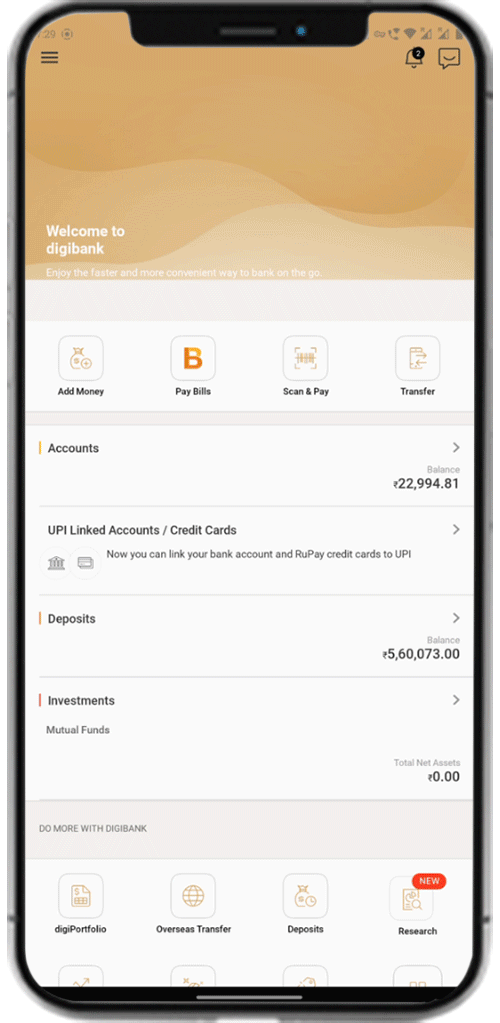
UPI Lite
Now Activate UPI Lite on your DBS account at your favourite app & enjoy low value transactions without UPI pin
Steps to Activate UPI lite:
- Log in to favourite UPI app & link your DBS account if not linked
- Navigate to “UPI Lite section”.
- Activate & add Funds.
- Transact!!
Limits & restrictions :
- 5,000 INR per top up
- 10,000 INR Max top up Per day
- 500 INR per transaction using UPI lite APP
IPO using UPI
Now you can use your DBS UPI ID as a payment option while subscribing for IPO on National Stock Exchange(NSE) & Bombay Stock Exchange(BSE). Simply use DBS UPI ID as the payment option while filling the IPO application.
Steps to apply IPO using DBS UPI ID:
- Log in to your Broker app & enter your DBS UPI id while applying for IPO
- Tap on notification received in you DBS digibank or Navigate to UPI mandate Section.
- Tap on the IPO mandate
- Review the IPO mandate & confirm
- All set !
Limits & restrictions :
- Max limit is 5,00,000 INR/- for IPO txn via UPI.
- Transaction limit is Subject to NPCI eFRM & Account daily ,monthly limit.
- Lien would be marked in account up to IPO amount.
- Lien would be removed only post NPCI instruction once IPO period is over
- The mandate execution is deemed final as per NPCI rules after successful share subscription.
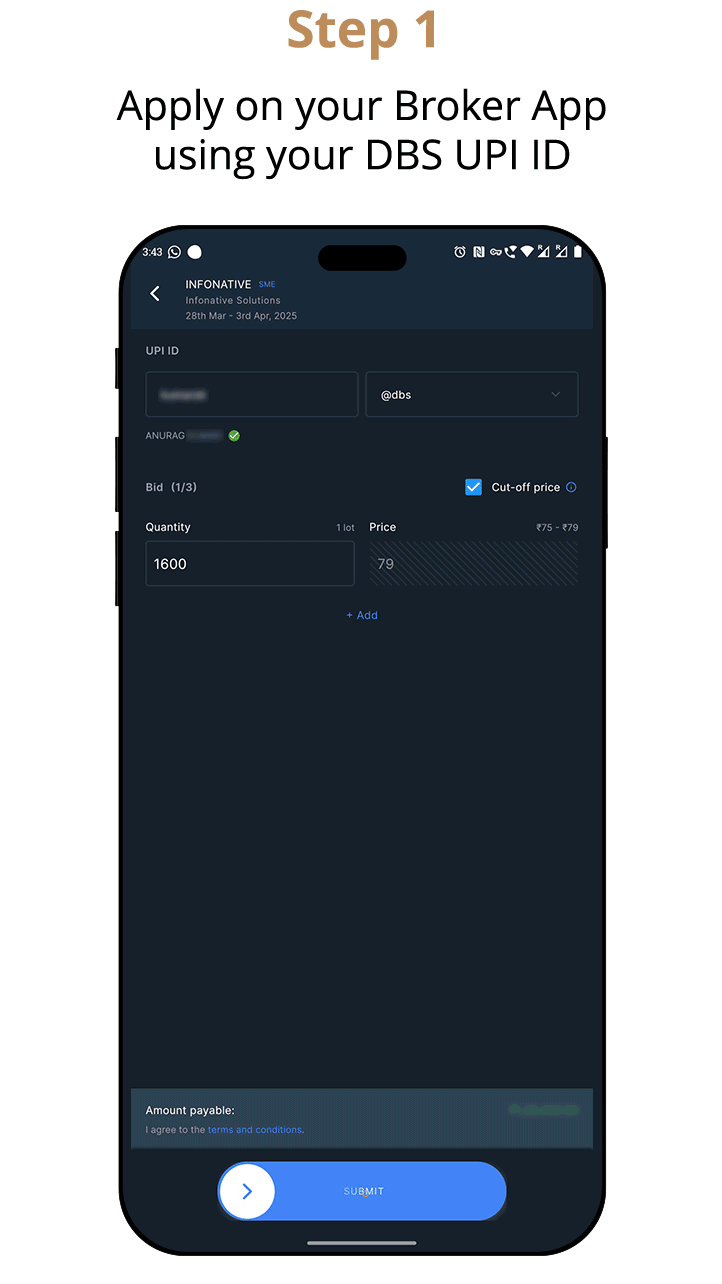
Benefits of DBS Bank UPI
- DBS does not levy any transaction charges on UPI.
- No minimum transfer limit, making it easier for even small stores to accept payments.
- UPI is available 24/7, enabling you to make payments anytime.
- You can use DBS Bank to add other bank accounts and use UPI on various platforms.
- UPI AutoPay helps manage recurring payments such as utility bills automatically.
- UPI for international mobile numbers is available for select countries.
Make your UPI payments effortlessly with the DBS Bank app!
Introducing UPI on DBS Bank - Instantly transfer funds between any of your bank a/c's
Frequently Asked Questions
- Download the UPI payment app of your choice from the app store on your phone.
- Create your profile by entering your personal details, virtual ID, passwords, and such.
- Link your bank accounts to the virtual ID by selecting the appropriate options.
- You will also have to assign a PIN to your UPI transactions. You will receive an OTP on your bank-registered mobile number. Use this OTP and your debit card details to create the UPI PIN.
- Login to your UPI app and select the option to send or transfer money.
- Enter the beneficiary’s virtual ID (VPA) and the transfer amount.
- Verify your details before confirming and complete the payment by entering your UPI PIN.
Currently, the maximum amount you can transfer through UPI is INR 1 Lakh.
Regulated by the Reserve Bank of India, the UPI retrieves your bank account details linked to your registered mobile number.
You need not do anything. The bank will initiate a refund of the amount into your bank account within an hour. In case the money is not refunded within the hour, you can get in with the customer support helpline of your bank.
Do More, Live More
Open Instant DBS Bank Savings Account in just a few minutes.
Download digibank.
Fill your details and complete KYC.
Activate your DBS Bank savings account.
Related Links
Our Products
- Savings Account
- Personal Loan
- Fixed Deposit
- Recurring Deposit
- Remittance
- Mutual Fund
- SIP
- Debit Card
- Bill Payment
- Internet Banking
- Travel Now
- PRIME Savings Account
- Safe Deposit Locker
Need Help?
- Calling from India:
1860 210 3456 / 1860 267 4567 - Calling from Overseas:
+91 44 6685 4555 - Help & Support
- Grievance Redressal
- Get in Touch with Us
Interest Rates & Calculators
- FD Interest Rates
- RD Interest Rates
- Personal Loan Interest Rates
- Savings Account Interest Rates
- Savings Account Interest Calculator
- FD Calculator
- RD Calculator
- Mutual Fund Calculator
- EMI Calculator
- SIP Calculator
- Lumpsum Calculator
- Financial Goal Calculator
- Monthly Investment Calculator
- ELSS Calculator
- Personal Loan EMI Calculator



